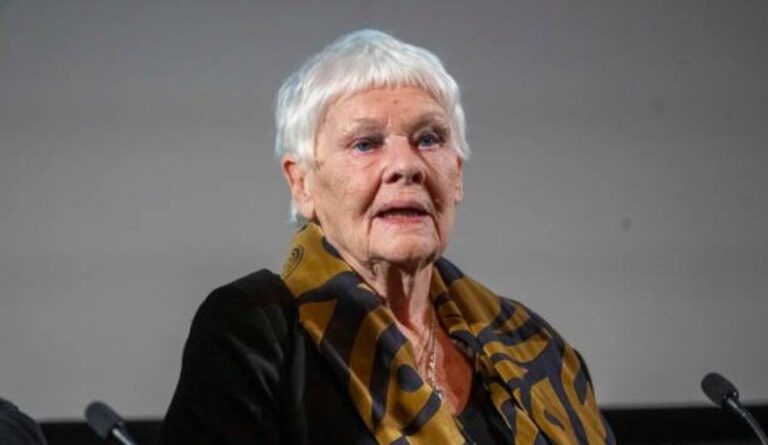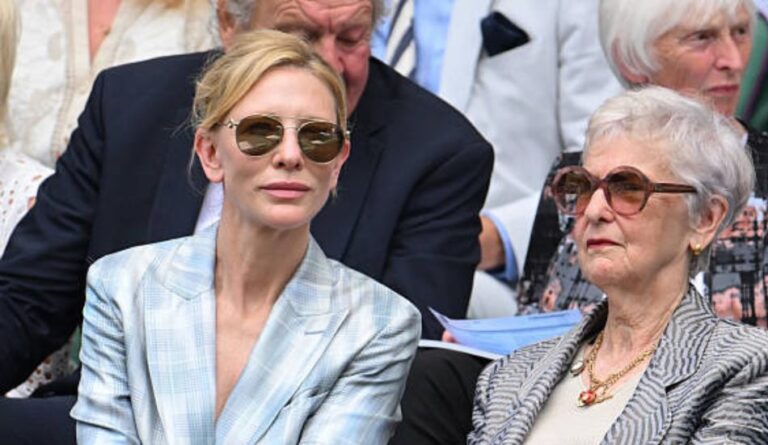Katharine Hepburn: Hollywood’s Fiercest Icon of Independence and Talent
Introduction
When we talk about the golden era of Hollywood, one name consistently rises above the rest: Katharine Hepburn. With a career spanning over 60 years, four Academy Awards for Best Actress, and a legacy defined by fierce independence, wit, and unwavering strength, Hepburn changed not only what it meant to be a great actress—but what it meant to be a great woman in Hollywood.
In this comprehensive exploration of her life, we’ll uncover who Katharine Hepburn was, delve into her early years, celebrate her best movies, and examine her personal life, including her famous relationship with Spencer Tracy, comparisons with Audrey Hepburn, and much more.
Who Is Katharine Hepburn?
Katharine Houghton Hepburn was born on May 12, 1907, in Hartford, Connecticut. She was the daughter of a progressive surgeon father and a pioneering feminist mother who instilled in her the values of independence, education, and ambition. Raised in an environment that emphasized questioning the status quo, Katharine developed a strong, assertive personality that would shape her legendary Hollywood persona.
A graduate of Bryn Mawr College, Hepburn quickly found her way onto the stage and then into film. Her break came in 1932 with A Bill of Divorcement, and soon after, she won her first Oscar for Morning Glory (1933).
Hepburn was never a typical starlet—she wore trousers, spoke her mind, avoided the press, and often shunned Hollywood’s glamorous expectations. It was exactly this resistance to conformity that made her such a powerful and enduring figure.
Katharine Hepburn’s Age, Birthday, and Death
Born: May 12, 1907
Died: June 29, 2003
Age at Death: 96 years
Hepburn passed away in Old Saybrook, Connecticut, in the home she loved. She lived an astonishingly full life, retaining her sharp intellect and strong will until the end. Her official cause of death was cardiac arrest, but in her final years, she also battled complications from Parkinson’s-like symptoms and had a neck tumor.
Katharine Hepburn’s Cause of Death and Final Years
In her final years, Katharine Hepburn became increasingly reclusive. She suffered from various ailments, including pneumonia, tremors, and general frailty. Despite these challenges, she remained a symbol of elegance and resilience. According to her family, she passed away peacefully at home surrounded by loved ones.
Even in her later years, Hepburn never compromised her independence. She famously refused major life-extending medical treatments, saying, “I have no fear of death. Must be wonderful, like a long sleep.”
Katharine Hepburn Movies: A Brilliant Career in Film
Katharine Hepburn’s career is the stuff of Hollywood legend. Her filmography includes more than 40 feature films, and her performances earned her 12 Academy Award nominations, with 4 wins, making her the most awarded actress in Oscar history.
Notable Katharine Hepburn Movies:
Morning Glory (1933) – Her first Oscar-winning role.
Little Women (1933) – A definitive take on the character of Jo March.
Bringing Up Baby (1938) – Iconic screwball comedy with Cary Grant.
The Philadelphia Story (1940) – A triumphant return after a career dip.
Woman of the Year (1942) – The first of nine films with Spencer Tracy.
The African Queen (1951) – Adventure classic opposite Humphrey Bogart.
Guess Who’s Coming to Dinner (1967) – Socially groundbreaking.
The Lion in Winter (1968) – Second Oscar win; historical drama brilliance.
On Golden Pond (1981) – Fourth Oscar; deeply emotional family tale.
Her roles were as diverse as they were powerful—women who were strong yet vulnerable, humorous yet fierce, commanding yet deeply human.
Katharine Hepburn and Spencer Tracy: A Legendary Love
One cannot discuss Katharine Hepburn without mentioning her decades-long relationship with fellow actor Spencer Tracy. Though they never married—Tracy was a devout Catholic who remained legally married to his wife—their partnership spanned 27 years and 9 films together.
Their chemistry was magnetic, both on and off the screen. Hepburn cared for Tracy in his final years, staying by his side until his death in 1967. She once said, “I loved Spencer Tracy. He was my life.”
Katharine Hepburn’s Husband and Children
Katharine Hepburn was married only once, to Ludlow Ogden Smith, whom she wed in 1928 and divorced in 1934. They remained friendly after the split, but she never remarried.
She had no children, and famously believed she wasn’t suited to motherhood. Hepburn prioritized her career and personal autonomy above traditional domestic life, which was highly unconventional for her time.
Katharine Hepburn and Audrey Hepburn: Related?
Many people assume Katharine Hepburn and Audrey Hepburn were related due to their shared last name and iconic status in Hollywood. However, they were not related at all.
Katharine was American, born in Connecticut.
Audrey, the star of Breakfast at Tiffany’s, was born in Belgium and raised in the Netherlands and England.
Though both were fashion icons and acting legends, their styles, backgrounds, and personas were quite different. Katharine was sharp, quick-witted, and tomboyish; Audrey was delicate, graceful, and refined.
Katharine Hepburn’s Siblings and Family Background
Katharine was the second of six children. Her family was deeply progressive—her mother was a suffragette and birth control advocate, and her father was a pioneer in urology and venereal disease research.
One of the most defining moments of her early life was the tragic death of her older brother Tom, who died by apparent suicide at age 15. Hepburn was only 13 at the time and took it very hard. She even used his birthday, November 8, as her own for many years.
This loss affected her deeply and contributed to her introverted, intense personality.
Katharine Hepburn: Style, Attitude, and Cultural Impact
Hepburn was more than an actress—she was a style icon and a feminist trailblazer. She frequently wore trousers, at a time when it was considered scandalous for women. She rejected traditional Hollywood glamour and refused to bow to studio pressures.
Her clipped speech, quick wit, and unshakeable self-assurance made her a role model for countless women. She broke the mold of what a “leading lady” could be—not a damsel in distress, but a fierce equal.
In 1999, the American Film Institute named her the Greatest Female Star of Classic Hollywood Cinema.
Awards and Recognition
4 Academy Awards for Best Actress
8 additional Oscar nominations
2 BAFTAs
1 Emmy Award
1 Screen Actors Guild Lifetime Achievement Award
Presidential Medal of Freedom (1991)
She holds the record for the most Oscars won by an actor in a leading role.
Katharine Hepburn’s Legacy
Katharine Hepburn didn’t just play strong women—she was one. She refused to conform, challenged the film industry’s gender roles, and never apologized for being different.
Her performances remain deeply human, timeless, and magnetic. She paved the way for generations of actresses to come, not just in her performances, but in her way of living.
Final Thoughts
Katharine Hepburn wasn’t just one of the greatest actresses of all time—she was a cultural force. Her legacy lives on through her films, her philosophy, and the countless women she inspired to be bold, brilliant, and unafraid.
If you’re fascinated by legendary stars like Katharine Hepburn and want to explore more cinematic icons, deep dives, and film history, check out thegoted.com—your destination for insightful entertainment articles, timeless retrospectives, and curated stories celebrating the greatest in showbiz.







